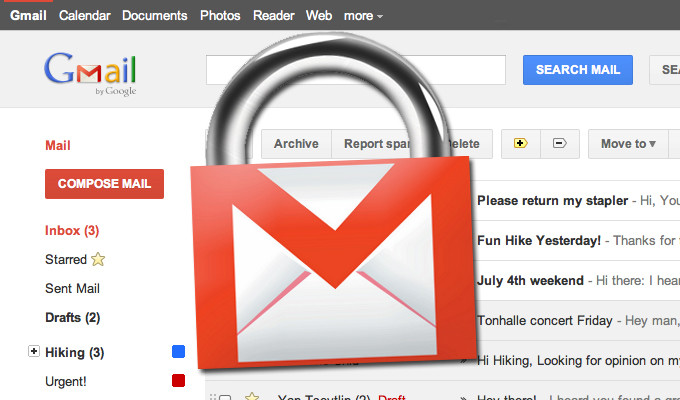Google has finally rolled out end-to-end encryption for all existing and new Gmail users. This feature empowers Gmail users to send and receive encrypted emails without having to sign up for third-party encrypted email services.
Gmail End-to-End Encryption
Reportedly, Google has now released end-to-end encryption (E2EE) on its Gmail email service for all users.
Despite being around for years and having a huge user base, Gmail lacked E2EE, leaving users’ emails exposed. Consequently, those who wanted to protect their email messages from snoopers had to sign up with dedicated encrypted email services such as ProtonMail. But it now seems that Gmail users can enjoy the same privacy without creating separate accounts.
As explained, client-side encryption (CSE) is currently released for Gmail in beta. That means it presently exhibits a limited availability, specifically to Google Workspace Enterprise Plus, Education Plus, or Education Standard users.
That means it won’t be currently available as a general option for all users. Instead, interested users need to apply for the Gmail CSE beta via their organization account. Once done, they can then try various Gmail CSE features, such as the following most noteworthy ones,
- Send/receive encrypted emails within an organization.
- Share digital certificates with and send emails to external users.
- Save encrypted drafts.
- Undo Send.
Notably, Gmail CSE won’t apply to email headers, including the timestamps, subject, and recipient information. Instead, it will only encrypt the email body and attachments.
End-to-end encryption isn’t a novel release in a Google product. In fact, the tech giant has already secured its Google Drive, Google Meet (web browser), and Google Calendar (beta; for web browser only).
Users willing to test Gmail CSE must apply for the beta program via this application form while sharing their email address, Project ID, and test group domain. Then, Google will confirm with the users about the successful beta account registration, following which, users can set up E2EE beta, as explained in this support article.
Let us know your thoughts in the comments.

